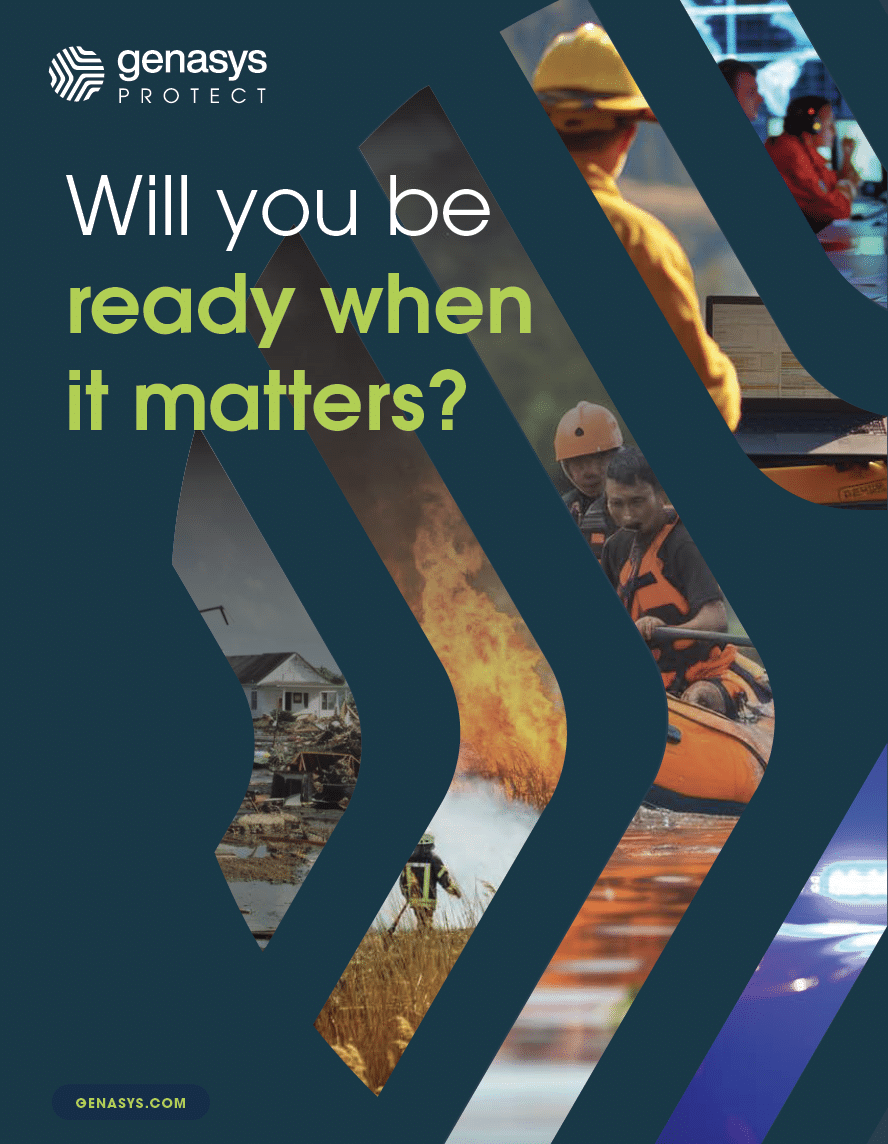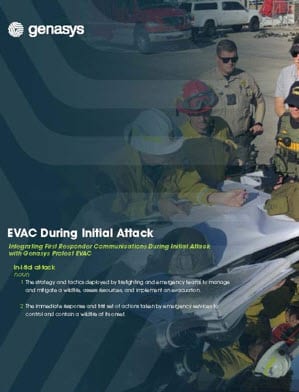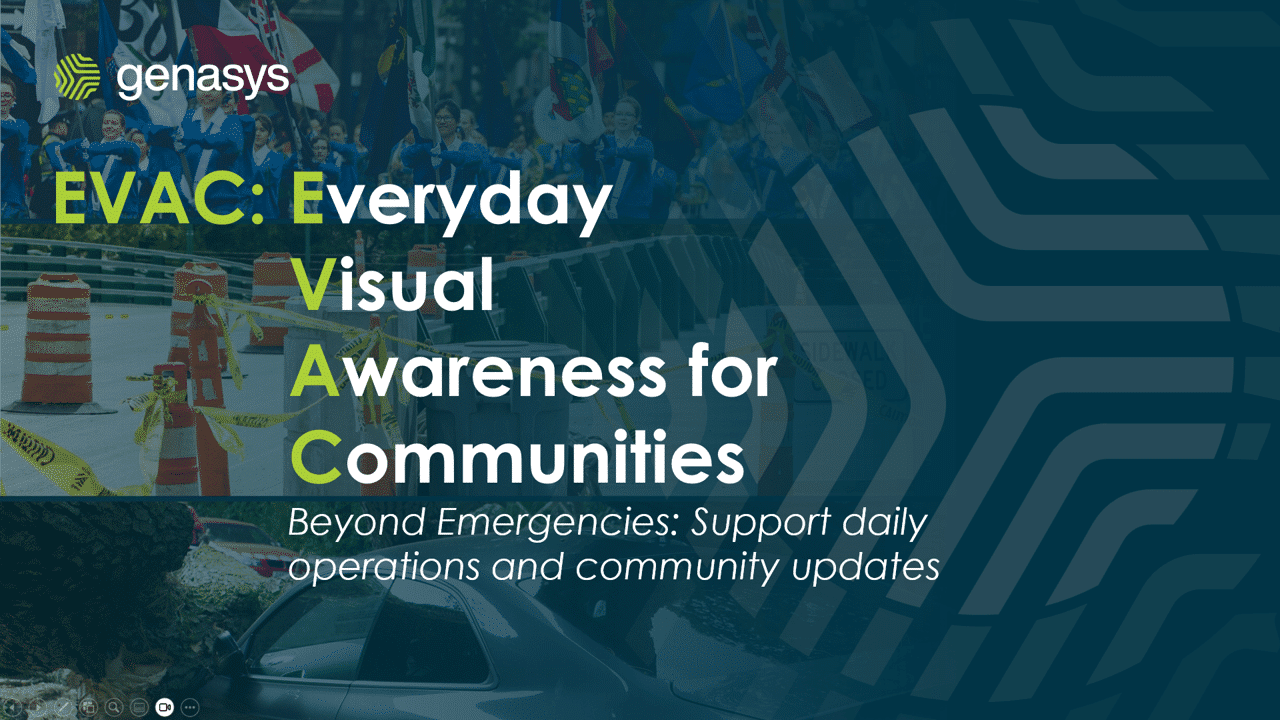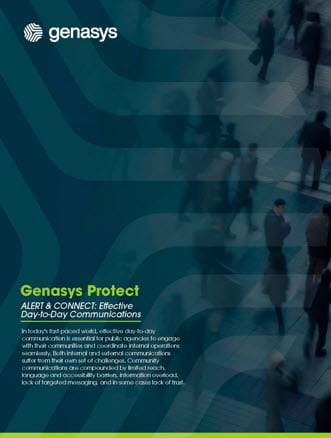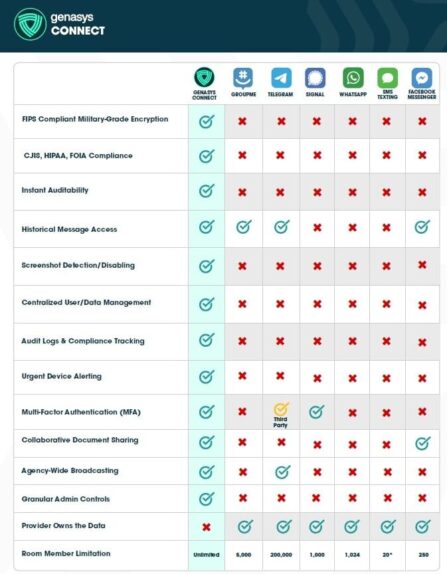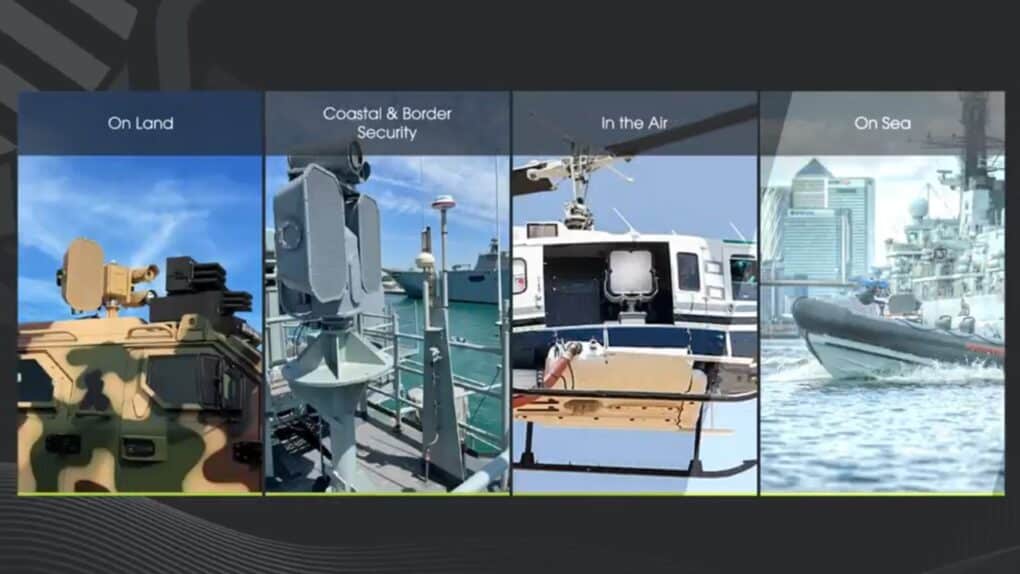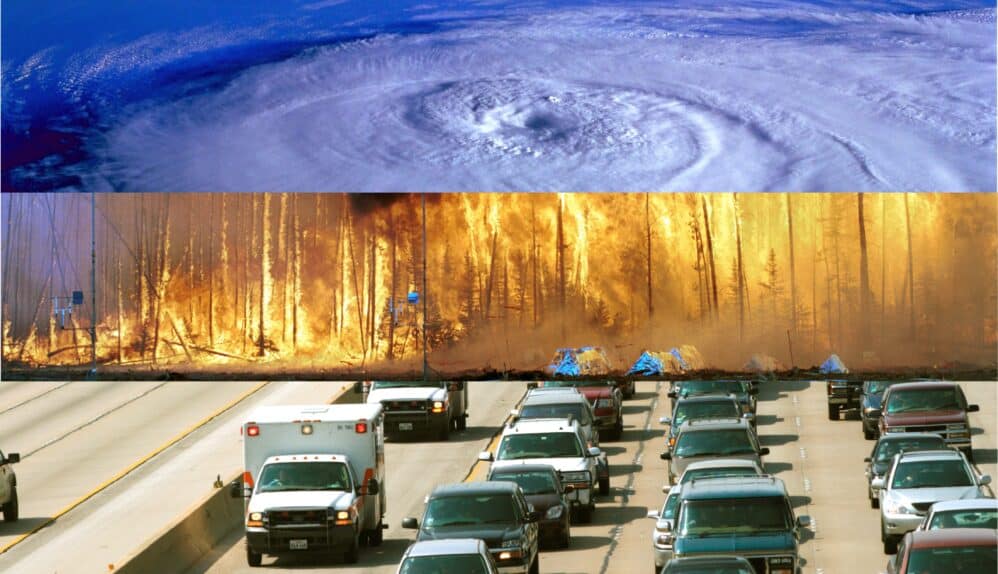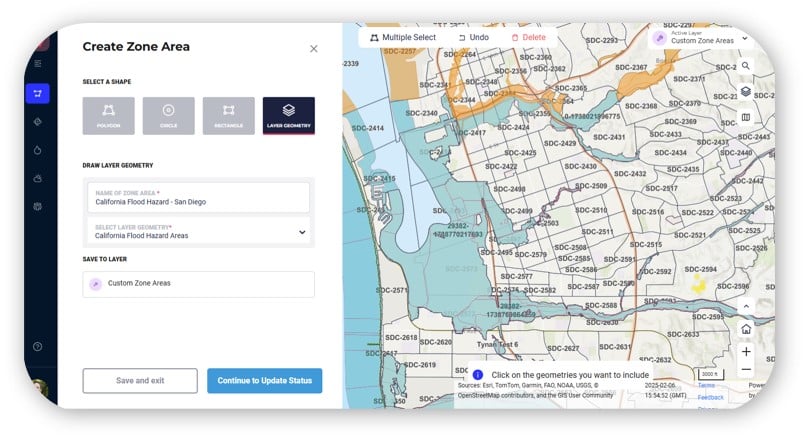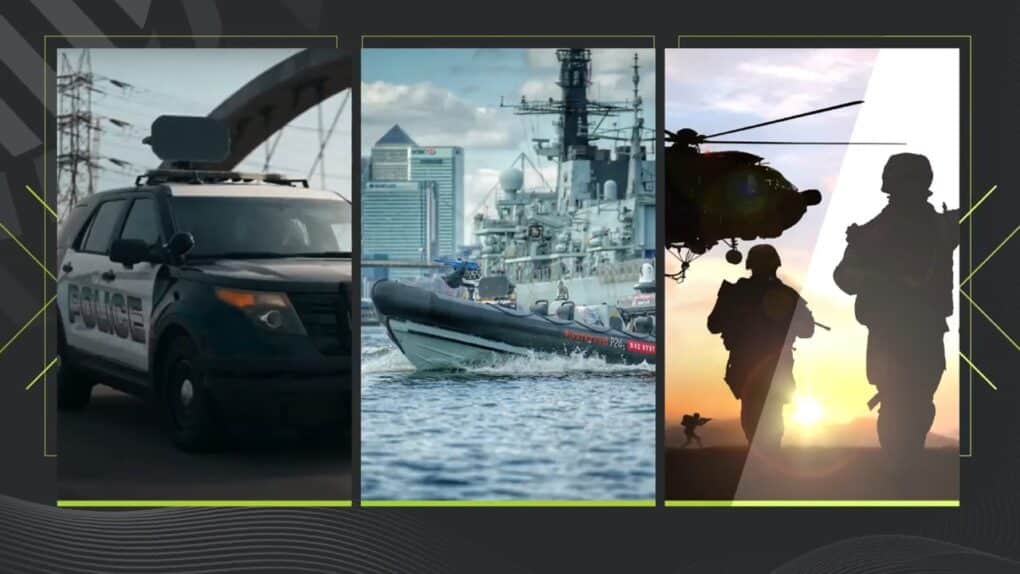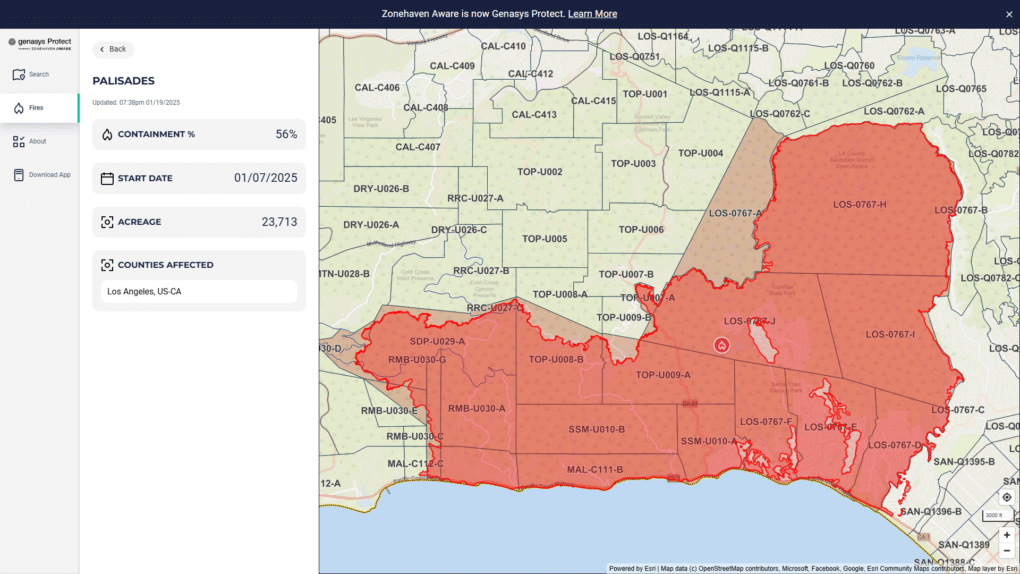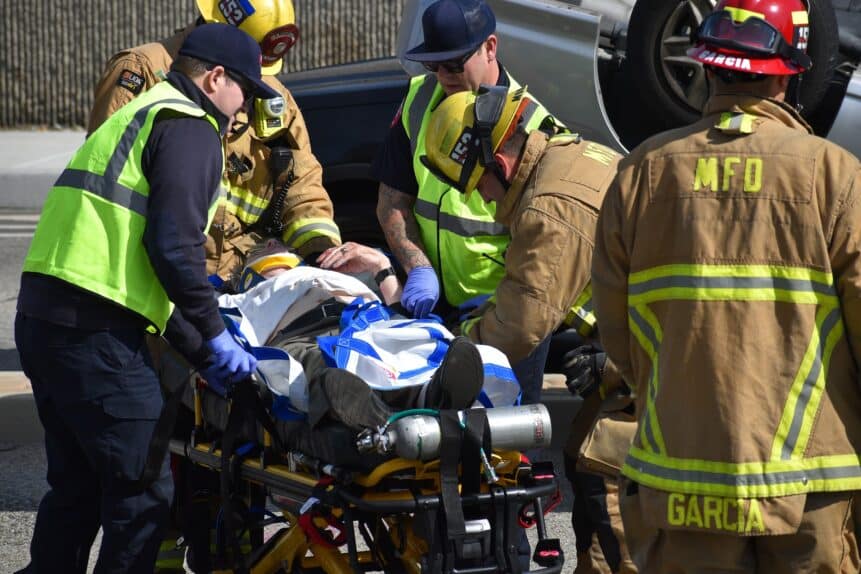By Steve Sickler, Vice President of Field Operations
In the face of natural disasters like tornadoes, every second counts. The difference between life and death can often come down to how quickly people receive critical information and take appropriate action. In recent years, advances in technology have revolutionized the way we receive alerts and notifications, significantly improving our ability to prepare for and respond to tornadoes.
Tornadoes are among nature’s most destructive forces, capable of causing widespread devastation in a matter of minutes. Unlike hurricanes or other severe weather events, tornadoes strike with little warning, leaving communities with minimal time to seek shelter and protect themselves. In such situations, timely notifications can be the difference between survival and tragedy.
Weather Forecasting Advancements
Thanks to advancements in weather forecasting and communication technologies, the speed at which tornado warnings are issued and disseminated has dramatically increased.
Meteorologists now have access to sophisticated radar systems and computer models that can detect the formation of tornadoes earlier than ever before. As a result, the lead time for tornado warnings has extended, giving people more time to react and seek shelter.
Notification Time
One of the most significant developments in tornado preparedness is the widespread adoption of mobile phone alerts and emergency notification systems. With the prevalence of smartphones and wireless communication networks, emergency management agencies can now send targeted alerts directly to individuals in affected areas. These alerts can include vital information such as the location of the tornado, its projected path, and instructions on what actions to take to stay safe.
The speed at which these notifications reach people is crucial. Genasys EVAC reduces decision-making time by 90% during emergencies and accelerates communication with the public. In the past, relying solely on traditional methods like sirens or television broadcasts meant that many individuals might not receive timely warnings, especially if they were not within earshot of a siren or watching television at the time. However, with mobile phone alerts, notifications can reach people wherever they are, providing them with critical information in real-time.
The effectiveness of mobile phone alerts in tornado preparedness was demonstrated during numerous severe weather events in recent years. In several instances, individuals received notifications on their phones seconds before a tornado struck their location, allowing them to seek shelter immediately. These timely warnings undoubtedly saved lives and prevented countless injuries.
Furthermore, social media platforms have emerged as valuable tools for disseminating information during tornado outbreaks. Local authorities and meteorologists often use platforms like Twitter and Facebook to provide real-time updates and interact with the public. This direct communication can help dispel rumors, address concerns, and ensure that accurate information reaches those in harm’s way.
Preparedness Gaps
While technology has undoubtedly improved tornado preparedness, there are still challenges to overcome. Not everyone has access to smartphones or reliable internet connectivity, particularly in rural or underserved areas. Additionally, ensuring that alert systems are accessible to individuals with disabilities or language barriers remains a priority for emergency management agencies.
Moreover, the effectiveness of alert systems relies on public awareness and education. People need to understand the importance of heeding tornado warnings and know how to respond appropriately. Community outreach efforts, educational campaigns, and drills can help reinforce the message of preparedness and ensure that individuals are ready to act when needed.
How to Accelerate Safety: Finding the Right Solution
Genasys offers solutions that resolve the greatest challenges to effective emergency communications and improve emergency management before, during, and after critical events. Currently, notification, evacuation and shelter decisions are bogged down by inter-agency complications, convoluted descriptions (e.g. “it’s south of… and west of…”), and back-and-forth discussions that delay agency alerts to people in danger. When severe weather in pressing down, especially including tornado threats, local weather stations often take on the role of community notification. But the specificity and reach of notifications are sacrificed, as a result. Exactly who is in danger? Should you shelter, or not? When clouds are swirling, gusts are picking up and heavy rain and hail is starting, people need guidance, fast.
Genasys EVAC, part of the Genasys Protect platform of Protective Communications solutions, provides intelligent zones that transform emergency management. The ability to notify the public based on geography substantially accelerates public outreach. This also facilitates coordination among first responders since intelligent zones do away with the need for lengthy descriptions. People in need can then be notified quickly, with alerts to take shelter, removing the ambiguity when time is of the essence. Zone-based decision-making with EVAC has proven time and again to save lives in times of danger.
Establish direct lines of communication to enhance collaboration and coordination across agencies. Preparing alerts ahead of time and having a direct line of communication between agencies, such as law enforcement with fire services or emergency managers, also reduces delays caused by message approval processes.
The acceleration of decision-making and communication both amongst responders and the public continues throughout the lifecycle of the tornado as the situation unfolds.
Bridge information gaps with the public by building a resilient community with EVAC. When saving time saves lives, Genasys solutions are indispensable emergency communications tools to have by your side.
Summing Up
In conclusion, the speed of notification plays a crucial role in saving lives during tornadoes. Thanks to advancements in technology, we now have the ability to deliver timely alerts directly to people’s smartphones, giving them valuable seconds to seek shelter and protect themselves from harm. However, continued investment in alert systems, public education, and community preparedness is essential to ensure that we maximize the lifesaving potential of these advancements. By working together and leveraging the power of zone-based planning and decision-making technology, we can build more resilient communities and mitigate the impact of tornadoes on human lives.
Contact us to get a personal demo of EVAC to see how it can help in severe weather preparedness.


